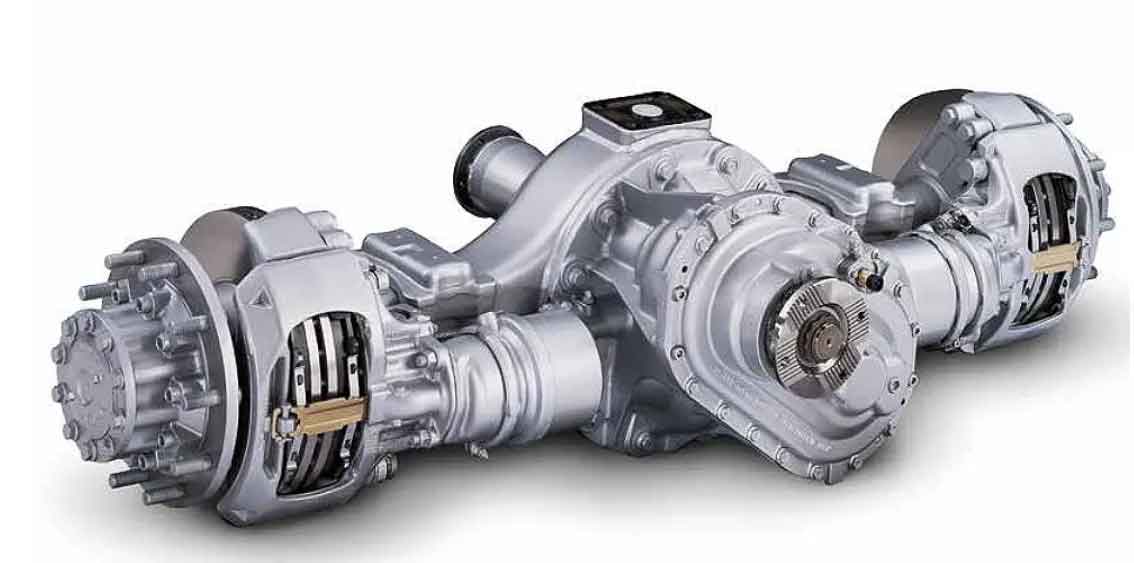The shape of parts is a very important factor affecting the deformation size and deformation trend of heat treatment, which is unanimously recognized. If the shape of the part is complex, the shrinkage (or increase) of different sections during heat treatment is uneven, resulting in the deformation and uncontrollability of the part. Therefore, the uniformity and symmetry of truck gear wall thickness should be considered as much as possible in the design of truck gear, especially on internal spline.
The design shape of truck gear will inevitably affect its heat treatment deformation. The distortion of truck gear after heat treatment generally depends on the rigidity of the design structure. The sectional dimensions of truck gears are different During quenching, different cooling rates, different micro zone temperature fields, different depth and hardness distribution of the hardened layer on the section, the nature, size and direction of the stress field are different, resulting in uneven expansion and contraction of each part, resulting in warpage, bending and various distortions of the truck gear; The ratio of cooling speed at the dihedral angle and trihedral angle of the plane concave on the gear is 1:0.33:3:7. When the gear section is uniform and symmetrical and the thickness difference is small, the cooling speed of each part is relatively consistent, and its deformation is regular. The research of Volvo company in Sweden shows that in terms of obtaining the minimum heat treatment deformation, the influence degree of design, material and heat treatment on the thermal deformation of truck gears is 50-60%: 20-30%: 5-15%. Therefore, design is the most important factor affecting congenital deformation. During the design, it should be expected that the shape of truck gear may change during carburizing and quenching. Try to make the wall thickness too thin, uniform and symmetrical, and the proportion between section sizes should be appropriate The ratio of radial and height dimensions should be regulated; Minimize the number of sharp edges, holes and keyways; Try to avoid abrupt changes in the shape of the wheel width section. If the sharp change from thick to thin cannot be avoided, the thin-walled part should be thickened.
Japan Toyota has symmetrical tooth thickness and wall thickness, and ZF transmission gear has no spline hole and single key groove; The long internal spline sleeve of Japan and Czech Republic cannot be pulled through in the middle; The oil holes and process holes on the spokes of the turbulent tooth pair are designed to be porous and symmetrically distributed from the perspective of heat treatment deformation, taking into account the uniform distribution of strength and stress. It is an excellent design. Of course, sometimes from the perspective of time and space conditions, the overall technical and economic effect of designing structural dimensions is good, and the thermal deformation of truck gears will be put aside temporarily. At this time, it is very difficult to regulate the distortion and deformation, but it shows that it is sometimes very useful to collect the experience of dealing with the heat treatment deformation to increase the technical and economic benefits of enterprises. From the point of view that the design structure size of parts determines the available steel grade and applied process means, the influence of design link on deformation is also the most important. The shape of the gear set should be actively matched with the design of the truck, so as to reduce the impact of the heat treatment department.

